Soar like an Eagle
Introduction
The courage, resilience and domination of an Eagle resonates inspiration and this innate magnificence and strength, has led me to write about them. I start with a general overview of eagles and will go further onto the specific types of eagles in each of my future posts on this topic.
I look forward to having you all join me on this journey of writing about what inspires me with the hope that you find inspiration too!
Eagles are Mighty Apex Predators in the avian world
They are among the biggest and most dominant birds in the world; ranked at the top of the food chain as apex predators in the avian world.
An eagle does not succumb to the size or strength of its prey. It will always go into combat to capture its prey or reclaim its territory.
Behaviour
Eagles are wise as they are cautious to avoid danger, unless it comes too close to its nest, and/or poses a threat to its young.
Eagles are monogamous and the mating pair tends to reuse the same nest each year. Their nests, which are called eyries, are usually built in inaccessible places, eg. tall trees or on high cliffs, where they would incubate their small batch of eggs for six to eight weeks.
The young mature unhurriedly, reaching adulthood in their third or fourth year.
An eagle does not scavenge and only eats the meat from the prey it kills itself.
Symbolism
Eagles are revered as living symbols of power, freedom, and transcendence; have been noted as symbols of strength, bravery and courage; and have been a symbol for war and imperial power since Babylonian times.
Characteristics
Eagles are noted to have the keenest sight of all and can sight their prey while soaring high in the sky, detecting prey between 2 to 5 miles away. Eagles have a visual acuteness 3.0 to 3.6 times than that of humans.
The average wingspan of an eagle ranges from 182cm - 229cm., however, one must note that the wingspan of an eagle depends on its overall size. eg. eagles in northern parts of the world are likely to be larger overall, including having a larger wingspan.
Eagles have hefty, hooked beaks, strong and muscular legs; and powerful talons for the ultimate grip and for ripping flesh from their prey. The beak is characteristically heftier than that of most other birds of prey.
How many species of Eagles are there?
There are approximately 60 different species of Eagles, which belong to the Accipitridae family.
The majority are found in Eurasia and Africa, with approximately 14 species found in other regions, including North, Central and South America, and Australia.
Did you know?
An Eagle can live up to 70 years, however, to reach this age is reliant upon a very difficult decision.
When an eagle reaches its 40s, its powerful talons can no longer grip on its prey.
It’s hefty & piercing beak becomes twisted.
It’s frail and substantial wings, due to their abundant feathers becomes stuck to its chest, which makes it challenging to fly.
At this point, the eagle could choose to die or endure an excruciating process of transformation for approximately 150 days.
Now when the eagle makes its choice and it chooses the path of transformation, it tends to fly to highland where it knocks its beak against a rock or hard surface, until it falls out, awaiting a new beak to grow back to next, pluck out its talons, which thereafter it uses to remove its frail and abundant feathers.
After a pain-filled period of approximately 5 months, the Eagle takes its legendary flight of reawakening and lives for another 30 years!
Eagles are full of life and are visionary!
If you have had the opportunity to watch an eagle when a storm approaches, you will be astonished at how it spreads its magnificent wings and uses the current to soar to grander heights.
During my series, we will be exploring the various species of Magnificent Eagles that we probably never knew existed!
Eagle # 1: The Spanish Imperial Eagle
The Spanish Imperial Eagle is also known as the Iberian imperial eagle, Spanish eagle, or Adalbert's eagle, White-shouldered eagle. There is a unique white area on the shoulders and a light grey area on the upper area of the tail, and well-known particularly by its flat gliding flight.
The Spanish Imperial Eagle is categorised as an endangered species. It has numerous threats apart from a limited habitat, which makes this beautiful eagle, the rarest bird of prey in the world!
Description:
Weight: average of 2.5–3.5 kilograms
Length: 78–82 centimetres, and
Wingspan: 180–210 centimetres.
Colour:
It has a pastel cream head & neck with t dark brown feathers, elsewhere.
The young are red-brown fading to pale brown with dark flight feathers and white fringes.
It repeatedly makes a barking ‘owk’ when calling out.
The female is noted to be slightly larger than male.
Diet:
Rabbits are a favourite; however, they can prey on a variety of animals, such as partridges, rodents, crows, ducks, pigeons, and foxes.
Habitat:
Dwells in cork oak forests, plains and hills in central Spain, floodplains and dunes in the Guadalquivir marshes and on high mountain slopes in the Sistema Central, where irrigated farmland is absent.
The Spanish imperial eagle breeds in central and southwest Spain, with inhabitants found in the central hills of Extremadura, the Alcudia valley, Sorena Morena and the Guadalquivir marshes, the Sierras of Guadarrama and Gredos, and the plains of the Tajo and Tiétar rivers, Montes de Toledo.
It formerly reproduced in Portugal, Algeria and Morocco, however, is only found in France and Gibraltar as a vagrant, in these days.
Conclusion:
Eagles are quite intriguing and we could learn a lot from these magnificent Apex Predators.
The eagle is not daunted by the storm, yet takes full advantage of the same storm that other birds dread, in the same way, we should not back down from a challenge, no matter what the hindrances, and we will surely be successful!
For more on my series on Eagles, please follow me.
Thank You!
References:
https://en.wikipedia.org/wiki/Spanish_imperial_eagle
mnbound.com/eagle-blog/2012/5/16/the-rebirth-of-the-eagle-story.html
https://en.wikipedia.org/wiki/Eagle
www.sciencekids.co.nz/sciencefacts/animals/eagle.html
https://pairedlife.com › Social Skills & Etiquette
Images linked to their sources in the description below each one.
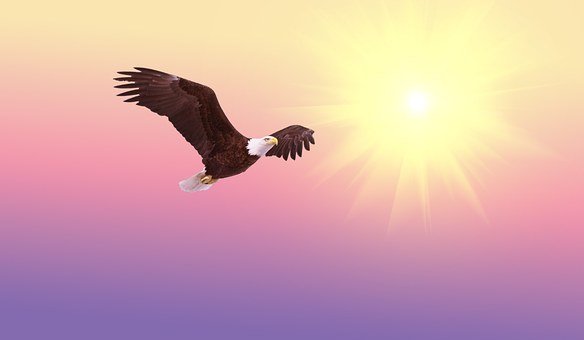
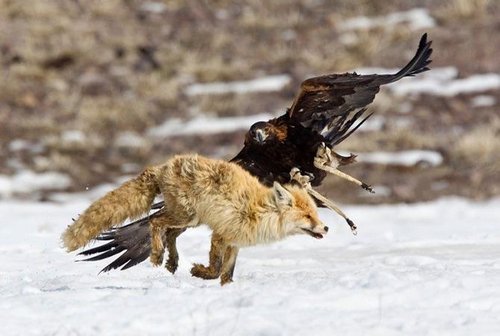

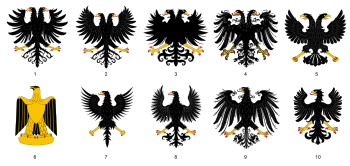




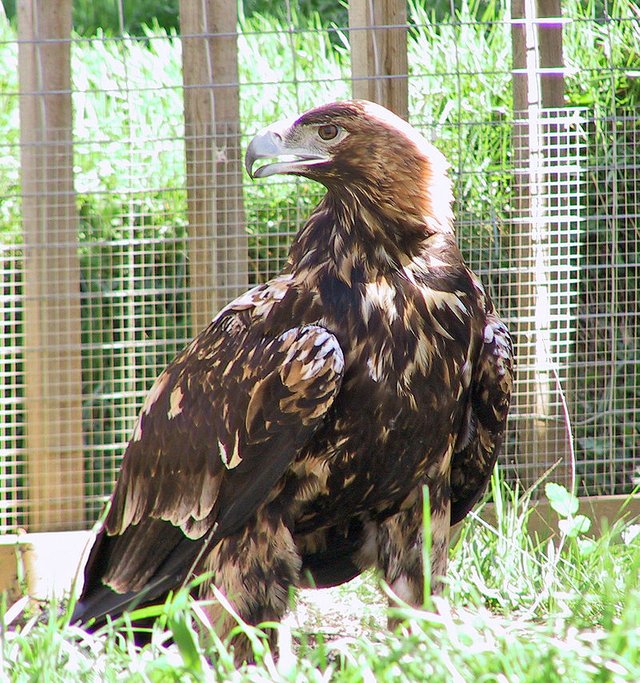
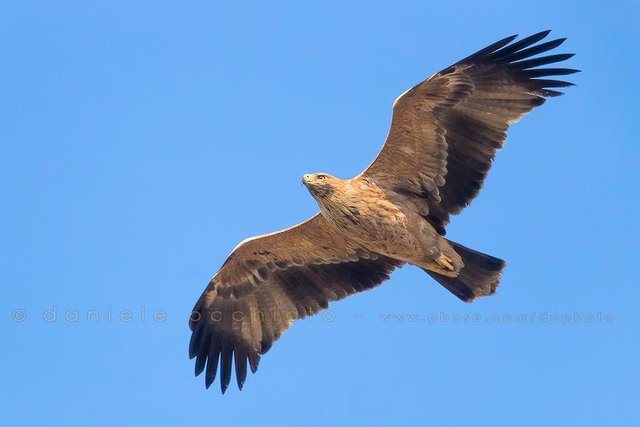
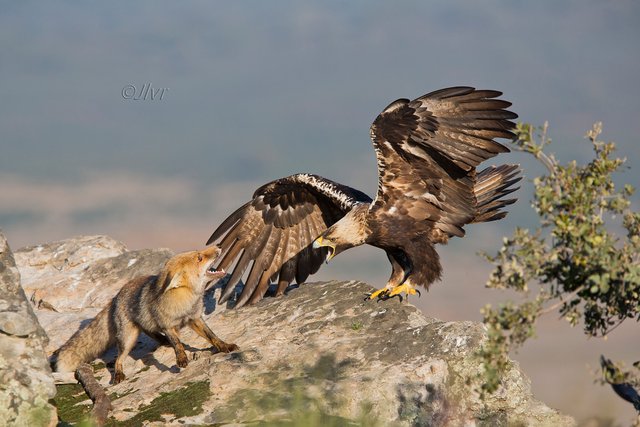

Being A SteemStem Member
Downvoting a post can decrease pending rewards and make it less visible. Common reasons:
Submit
Thank you steemstem bot:)
Downvoting a post can decrease pending rewards and make it less visible. Common reasons:
Submit